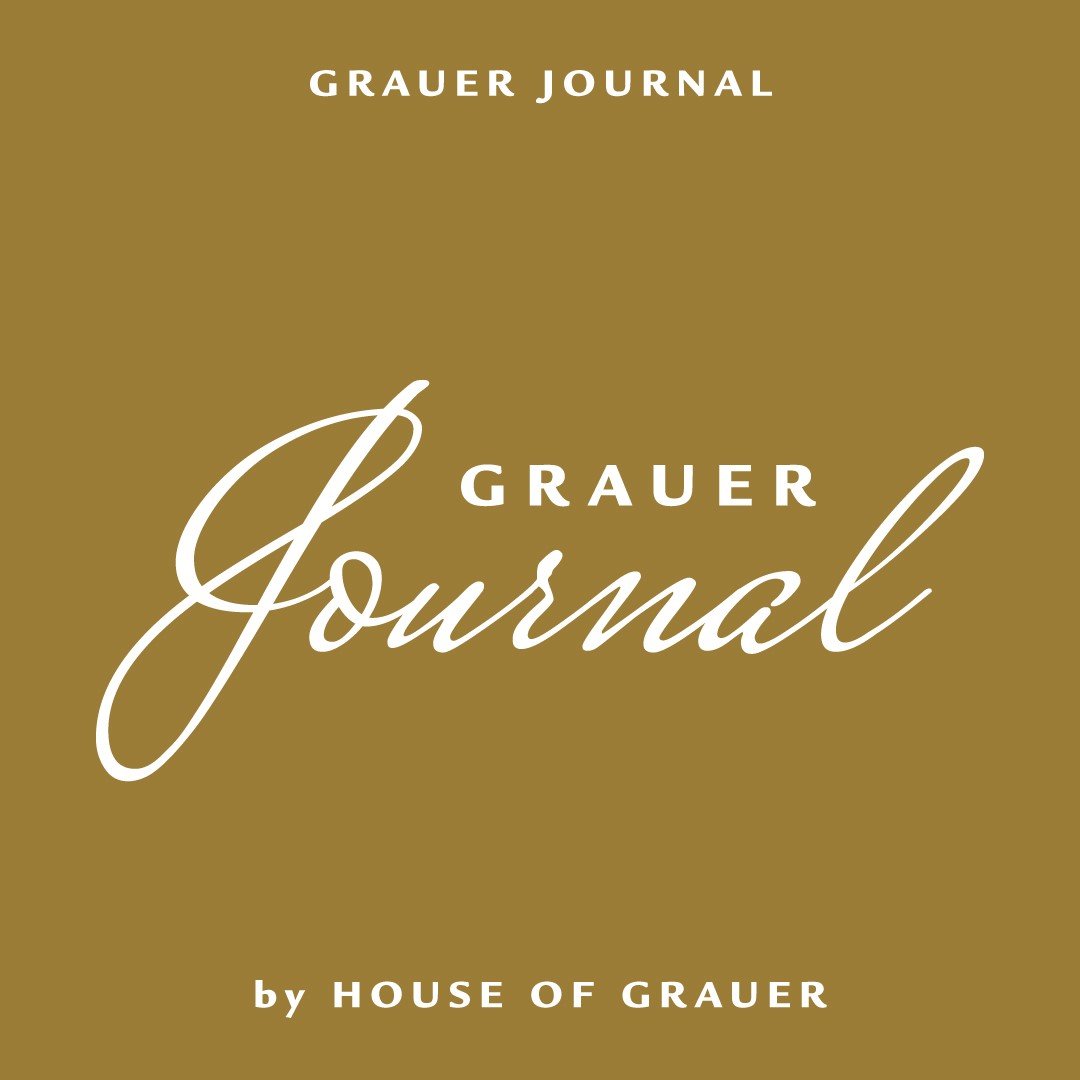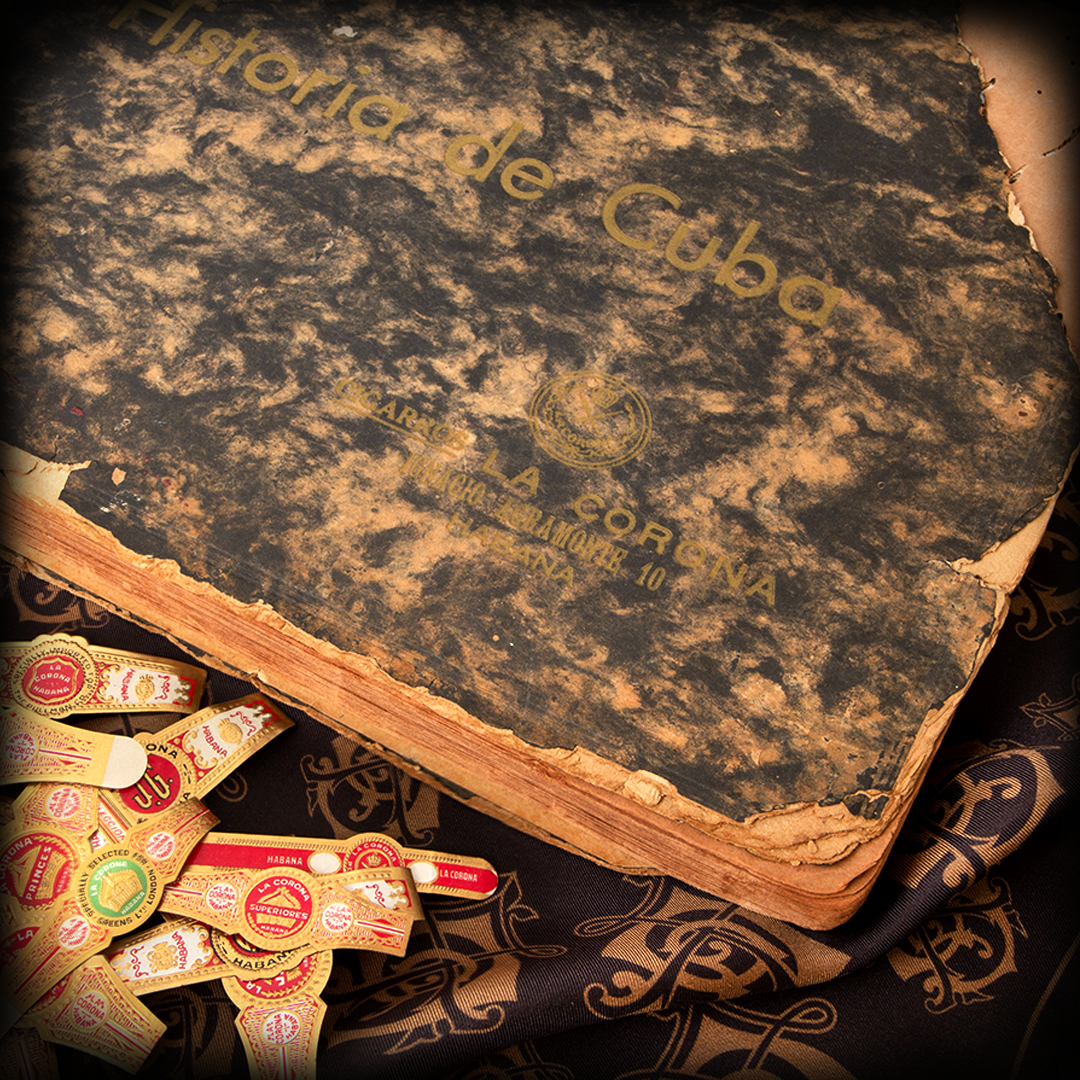La Corona
The history of a brand and of cigar factories!
Before being the famous factory we know today, "La Corona" was a cigar brand. Born under the impulse of José Cabargas in 1845, the date of its official registration, he installed it in his own factory.
At the time, the brand was very well received by cigar aficionados, even beyond Cuba, in Spain and England.
On the death of its owner, the factory and the brand were passed on to his widow and children, who then transferred the production for the first time. However, it appears that by 1880, the brand was no longer listed as a cigar manufacturer. This was presumably the end of the brand.
Two years later, in 1882, the La Corona brand was taken over by Manuel López. The man already owned a cigar factory, named La Vencedora, where he transferred the production of La Corona cigars, alongside his other cigar brand: José Domingo.
In the same year, the brand changed ownership once again. The new owner, Segundo Álvarez, decided to join forces with Perfecto López. Together, the two men founded the company Álvarez López y Cía and decided to transfer the production of their new brand to the Palacio de Aldama in 1889, which they acquired the same year. This sumptuous neoclassical palace with Baroque elements was built in 1840 by Manuel José Carrera for the wealthy industrialist Don Miguel Aldama, who intended it for his children. Unfortunately, the children were not able to enjoy it because it was confiscated by the Spanish during the Cuban War of Independence, prompting the family to leave the island. After the death of Don Miguel Aldama, the Palacio de Aldama was sold at auction and acquired by the company Álvarez López y Cía, who named it "La Corona".
It was at this time, 44 years after its creation, that the La Corona brand and the eponymous factory acquired all their fame and splendour. Segundo Álvarez was then recognised as one of the most influential experts in the world of Cuban cigars.
The Palacio de Aldama, which became the first cigar factory called La Corona, rivalled in grandeur with the other most important factories in Havana, such as La Esceptión and La Meridiana, among others. All built in the same neighbourhood, these magnificent palaces formed what was known as the "Habano Golden Perimeter".
In the same year, 1889, the two partners sold part of their shares in La Corona to the British-funded Henry Clay and Bock Ltd. Co-management lasted until 1898, when Segundo Álvarez decided to sell all of his shares in La Corona and part of his other cigar brands to the British company Havana Cigar and Tobacco Company, which in turn owned Henry Clay and Bock Ltd. The latter, in turn, entrusted the management of the entire cigar manufacturing process to the American Tobacco Company. La Corona was then financed by American funds.
The Havana Cigar and Tobacco Company, which was still managing La Corona, began to modify the building by adding a third floor.
At the same time, at the beginning of the 20th century, the American Tobacco Company began to build a second factory. The latter, located a few minutes' walk from the Capitolio, was built on a plot of land purchased from Leopoldo Carvajal, then Marquis of Pinar del Río. The American Tobacco Company commissioned the New York construction firm Milliken and Bros to build what would become the first steel and concrete structure in Cuba. The construction would have cost nearly one million pesos.
Because of its iron structure, the building was soon nicknamed "Palacio de Hierro", the Iron Palace. After its completion in 1904, this new factory was named La Corona, as was the Palacio de Aldama. Thus, more than twenty brands were manufactured in the Iron Palace, including Cabañas, A. de Villar y Villar, J. Murias, La Flor de Murias, Santa Damiano, La Flor de Cuba de M. Valle, Joya de San Luis, Duques de Windsor, and other lesser-known brands, many of which were later abandoned in the 1920s and 1930s.
This gradual abandonment of the different brands earned the Palacio de Hierro the nickname of "Pantheon" by the cigar industry workers.
The two factories operated together for almost 30 years until 1932, when the Palacio de Aldama closed its doors for good due to the increasing number of social demonstrations that turned into riots. This explosive social situation was due to the appearance of massive unemployment linked to the 1929 crisis. In 1933, it was reopened not as a cigar factory, but as a cigar shop and warehouse with its own showroom and sales department. In 1945, plans were made to demolish the building. Thanks to the protests of cultural and artistic societies, it was saved and declared a National Monument on 9 June 1949, and restored after the triumph of the Cuban revolution in 1959. The building now houses the Institute of Cuban History.
After closing the doors of the Palacio de Aldama, the American Tobacco Company decided to transfer part of its cigar production to Trenton, New Jersey, in the United States, after having built their own factory there, leaving the Havana Cigar and Tobacco Company (now Tabacalera Cubana S.A.) to produce for the Cuban domestic market. The American industry continued to use Cuban-origin leaves to roll cigars in the United States. This created stronger competition for Cuban independents, who were then forced to sell their cigars on the US market at higher prices, due to the higher tariffs on finished products than on raw material.
Until the end of the 1950s, La Corona retained its splendour and remained a leading factory in the Cuban cigar trade, occupying most of the market share of the sector.
Gradually, from 1960 onwards, the La Corona brand lost its importance in terms of exports, with most of the brand's cigars being manufactured in the United States. After the victory of the revolution and the arrival of the troops in Havana, the Cuban state took over the management of the cigar industry. All factories were nationalised and Cuban exports of the La Corona brand declined dramatically, until production stopped in 1999.
In 2005, about 100 years after its construction, the doors of the La Corona factory in the famous Iron Palace closed and is now converted into a hotel.
A new La Corona factory was built, the current one, at number 520 on Avenida 20 de Mayo, which we know today. The "new" La Corona now has about 750 employees, including 300 specialised rollers. The factory houses the production of Hoyo de Monterrey, Montecristo, Por Larrañaga, Cuaba, Diplomaticos, San Cristóbal de la Habana and some regional editions.
La Corona is not only a name of a factory, but of several factories and of a cigar brand, one of the most important of the second half of the 19th century and the first of the 20th.
(Pieces from our private collection)
For more information, contact us on +41 22 552 2799


